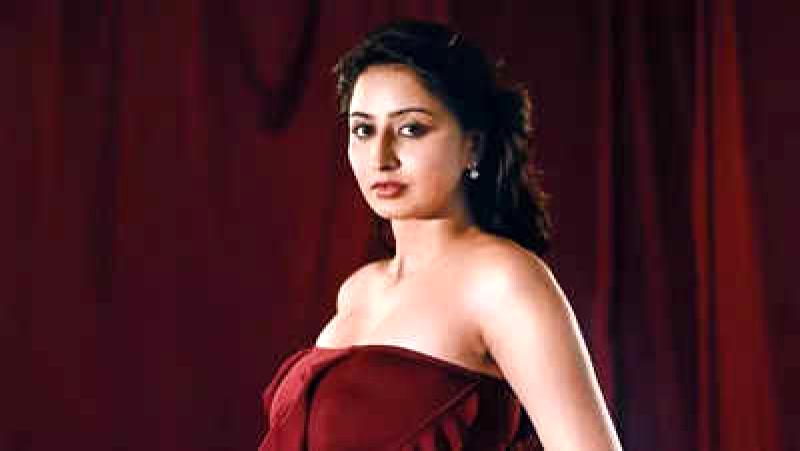
In the Kannada film industry, women are celebrated as 'sheroes' on screen, but they continue to struggle to assert themselves off screen. While their acting, costumes, makeup, and hairstyles receive praise, the women working behind the scenes face challenges, including inadequate facilities such as washrooms. Pay disparity is also a significant issue. Although the industry has evolved over the years, with more women joining as stylists, choreographers, and cinematographers, the work environment still predominantly favors men. Women in the industry experience everyday sexism and have had to adapt to the situation in hopes of a better future. Some have chosen to leave the industry and work independently. The patriarchal system suppresses female technicians, such as makeup artists, who often face discrimination within associations dominated by men. They receive lower pay rates through these associations compared to what they could earn independently. Women are also often required to work alongside men on set, creating uncomfortable situations and limiting their autonomy.Actresses like Vydurya Lokesh often find themselves being limited to smaller projects in the film industry, according to a screenplay writer. Producers commonly question if a script is centered around women, perceiving female filmmakers as only capable of creating low-budget or non-commercial projects. This biased mindset results in assigning stereotypical genres to women, making it challenging for them to break free from these constraints. Instances of gender discrimination, such as unequal pay and reluctance to accept payment from women, are pervasive in the industry. There is a pressing need for systemic change to address these issues, as emphasized by screenwriter and associate director Manasa Sharma. Moreover, stylists like Tejaswini Anjan Kumar face difficulties in accessing basic necessities while working on film sets, with demands often brushed off as "women's issues." Despite some improvements in inclusivity, the film industry still falls short in providing essential support for women professionals.We require greater participation of female voices in the industry, asserts voiceover artist Sparsha RK. The imbalance is evident from the limited dialogue opportunities for women in films, resulting in fewer work prospects for female dubbing artists compared to their male counterparts. The current lack of women-centric films and the scarcity of solo songs featuring female singers further highlight the need for more diverse female representation on screen.











